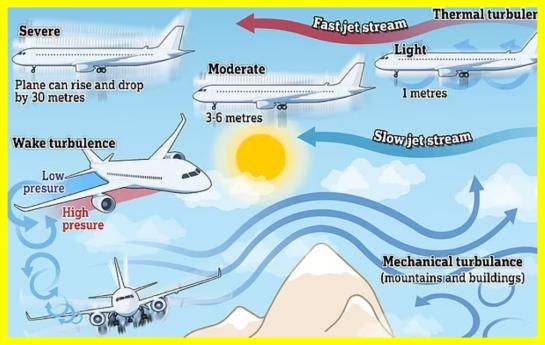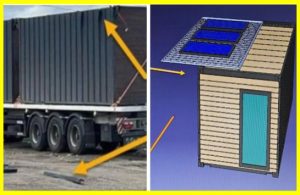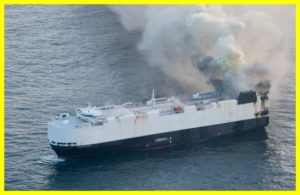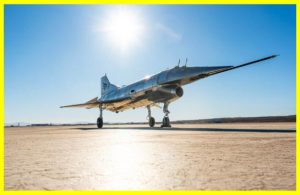Turbulence: How and why an airplane shakes in the air
Turbulence is a chaotic movement of air that occurs when air currents collide and change.
When an airplane encounters turbulence, it causes sudden vibrations and shaking that can be felt by passengers.
The air currents become unstable, creating swirls and eddies that affect the control and stability of the airplane.
One of the most intriguing aspects of turbulence is that it can occur even in the calmest of conditions if the currents are strong enough.
Turbulence occurs for a variety of reasons. One major factor is temperature contrasts: warm and cold air collide, creating swirls.
Sudden changes in wind speed and direction, such as when crossing atmospheric fronts or near thunderstorms, can also lead to turbulence.
Modern airplanes are designed to cope with such stresses, and pilots and control systems respond effectively to turbulence, making flights safe.
However, it is important for passengers to wear seatbelts, as sudden jolts can cause injury if a person is not secured in their seat.





















